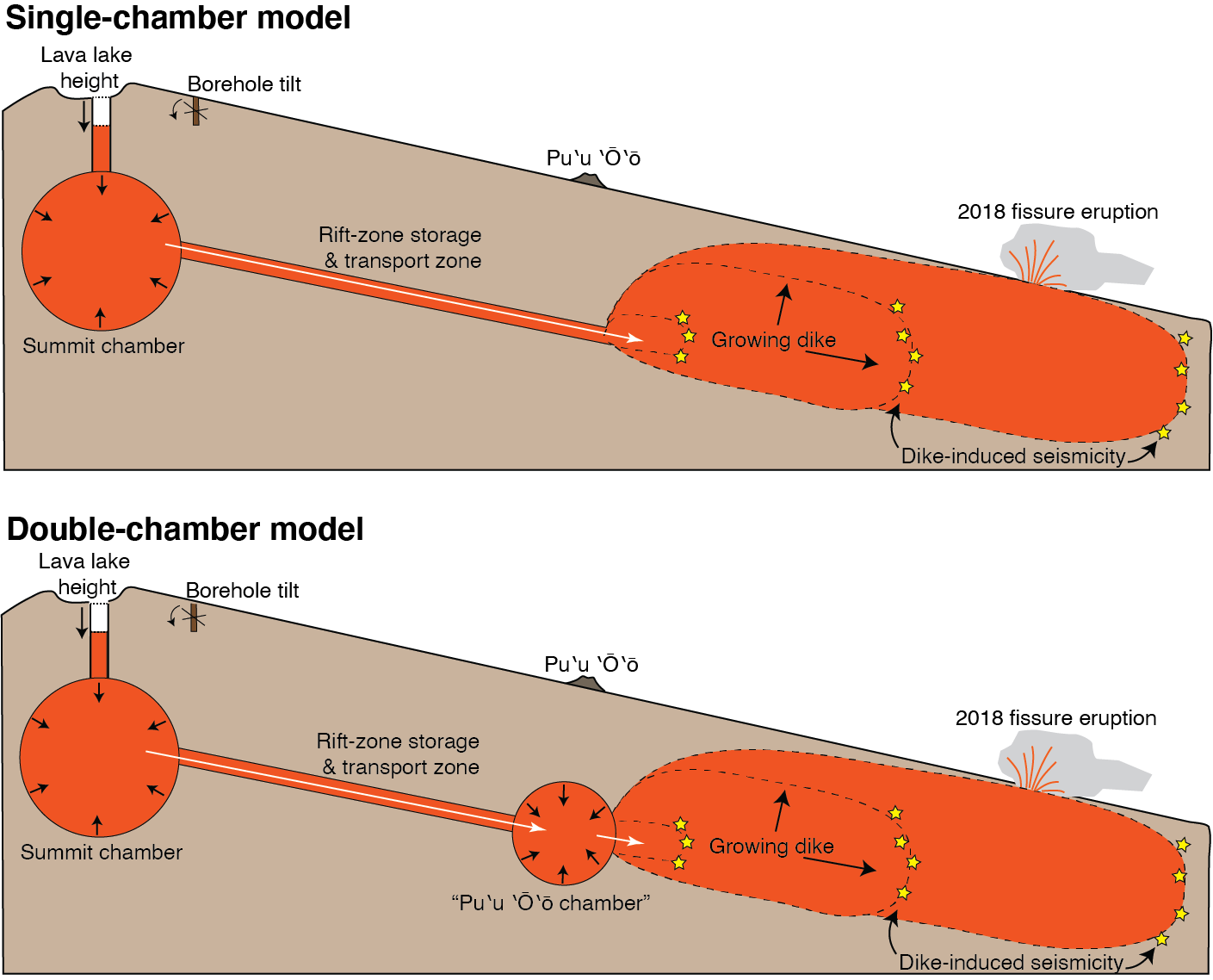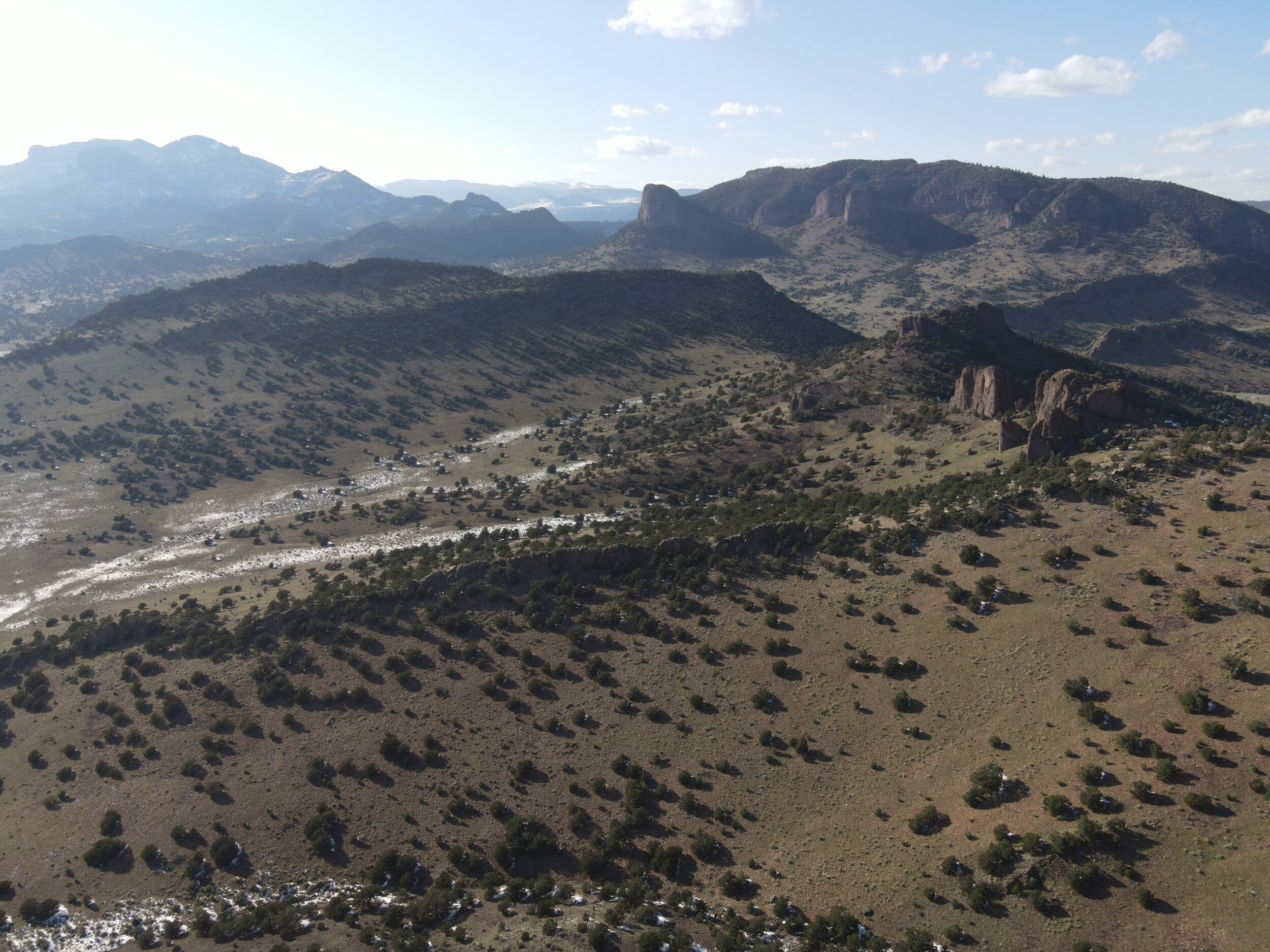Magma storage in the crust
In this talk from GSA 2020, PI Townsend summarizes highlights from work using thermo-mechanical models of magma reservoirs. She reviews how magma reservoir processes and interactions with the surrounding crust impact the dynamics and eruptive behavior of volcanoes.
Some key questions we are trying to address using these models include:
How do magma chambers grow and evolve?
What controls the frequency and size of volcanic eruptions?
What is the role of magmatic volatiles on the dynamics and stability of magma reservoirs?
Magma transport through dikes
Volcanic eruptions initiate through fissures fed by dikes. However, most dike intrusions never reach the surface and instead become arrested at depth. A grand challenge in volcanology is to determine what governs the propagation direction of dikes in the shallow crust. More broadly, the dynamics of hydraulic fractures influence a number of earth processes such as calving of glaciers, deposition of ore deposits, and extraction of geothermal energy.
While geophysical data can indirectly record dike intrusion events in real time, ancient magma plumbing systems exposed within the eroded remnants of volcanoes reveal clues about the style and 3D nature of magma transport. By integrating geophysical data, geological observations, and physics-based modeling, we can address the following questions:
Why do dikes within the upper few kilometers of the crust tend to propagate laterally instead of erupting closer to their source?
How does the evolution of pressure and magma properties within the source reservoir influence dike dynamics?
How can we better predict in real-time whether and where a dike will erupt?
This paper from JGR: Solid Earth summarizes key findings related to the May 2018 dike intrusion and eruption at Kīlauea.
Surface-interior feedbacks
Processes occurring at the earth’s surface load the shallow crust in ways that may influence magma storage and transport. For example, the growth of a large volcanic edifice can load the crust in a way that may inhibit dike propagation to the summit. The rapid retreat of glaciers can unload the crust and potentially stimulate activity in magma reservoirs. The mechanical links between surface and crustal processes may lead to important feedbacks between Earth’s climate system and the interior.
We have multiple ongoing projects related to surface-interior links, such as:
Investigating magma-ice interactions in the Oregon Cascades
Modeling effects of glacial unloading on magma reservoir processes (sponsored by NSF Frontier Research in Earth Sciences program)
Understanding the influence of topography on dike propagation at Summer Coon Volcano (sponsored by NSF Petrology & Geochemistry program)

